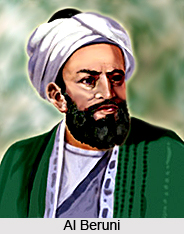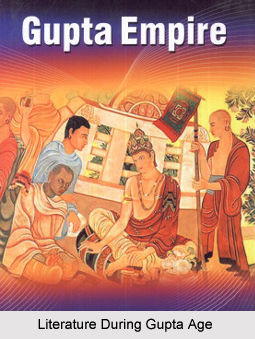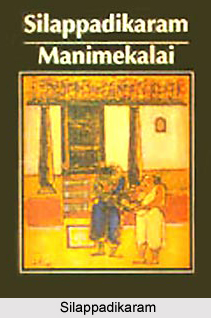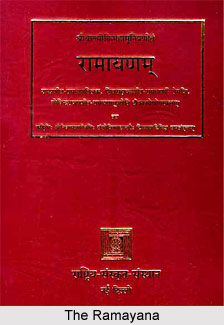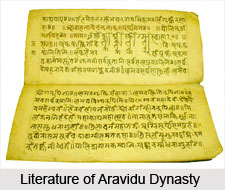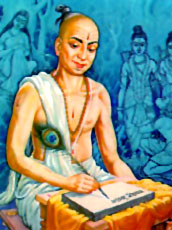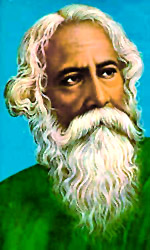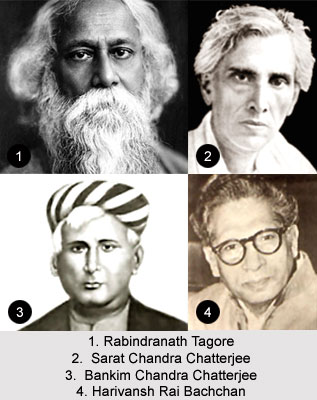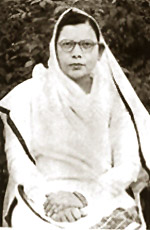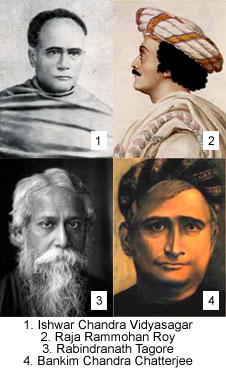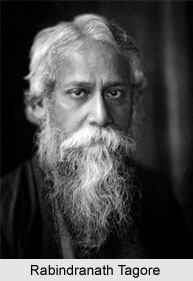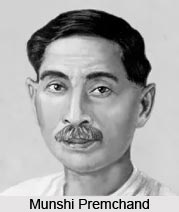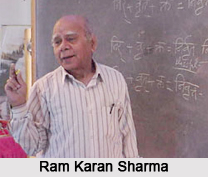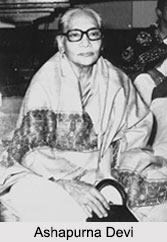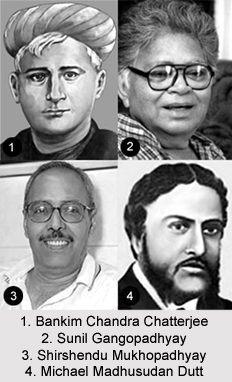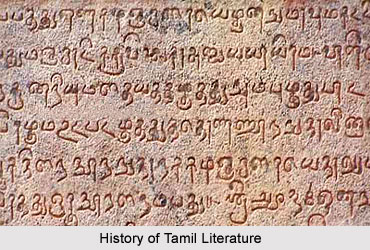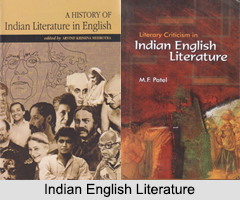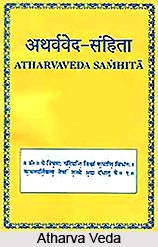 The metrical form of Atharva Veda can be deduced from an elaborate study of its hymns. The metre of the hymns is quite irregular and the predominance of anustubh stanzas is found. However those in Gayatri and trisubh are rare. The metrical divisions are also attributed depending on their extent. In Atharva Veda there are jagati lines accompanied by trisubh cadence and vice versa. Some hymns are more regular than others. There are hymns with irregular metre also.
The metrical form of Atharva Veda can be deduced from an elaborate study of its hymns. The metre of the hymns is quite irregular and the predominance of anustubh stanzas is found. However those in Gayatri and trisubh are rare. The metrical divisions are also attributed depending on their extent. In Atharva Veda there are jagati lines accompanied by trisubh cadence and vice versa. Some hymns are more regular than others. There are hymns with irregular metre also.
The first of the kind is the pra-pathakas or ` Vor-lesungen` or ` lectures,` to which there is no corresponding division in Atharva Veda. The second is the kandas or `books` that are answers to the mandals of this Veda. Then there are the anuvakas or ` re-citations,` and suktas or `hymns,` and rcas or `verses.` The verses of the long hymns are also categorised into ` verse-decads,` corresponding to the Vargas. artha-suktas or `sense-hymns` and parydya-suktas or `period-hymns`; and the subdivisions of paryayas are also part of the metrical form of Atharva veda.
Although several shakhas have been attributed to Atharva Veda, yet the Paippalada one is considered the oldest. The latter had 3 grand divisions. The first division takes into account Books I-VII; the second Books VIII-XII and the third include Books XIII-XVIII. The first division contains the short hymns on various topics, the second division contains the long hymns and the third division provides a kind of unity to the entire structure.
In the first division of Atharva Veda there are seventeen prapathakas. While in the second division there are ten prapathakas. In the third division there are thirty four prapathakas. Prapathaka divisions coincide with the anuvaka divisions. Though there are exceptions to this. Anuvakas mean recitations. They are subdivisions of a book. To the anuvaka a statement regarding several hymns and verses are added. Anuvaka-divisions are sometimes very unequal. Verses are enumerated through the anuvaka.
Anuvakas or recitations are subdivisions of the book. To the anuvaka, a statement of the number of hymns and verses has been added. It does appear that the anuvaka-divisions are sometimes very unequal. Throughout the anuvaka there has been enumeration of verses.
Atharva Veda has been divided into Kandas or `books.` The division into kandas is fundamental.
The hymns have been divided into decad hymns, sense and period hymns. In the second division a new element: the metrical hymns begin. These hymns are much longer than those in the first division. These again are divided into verse-decads or groups of ten verses, five or more odd verses at the end of a hymn counting as an added decad. True hymns are known as artha-suktas.
Artha-suktas are also known as `sense-hymns.` The determinative artha- is prefixed in order to differentiate the sense-hymns from the paryaya-hymns. The verses of the artha-sukta are at times numbered through each separate component decad. Books from xii-xiv and xvii and xviii the artha-suktas and anuvakas are coincident.
The other division is Parayaya sukta or ` period-hymns.` In the second and third grand divisions there are some hymns of this type. This term however is ambiguous and do have a wider meaning.

